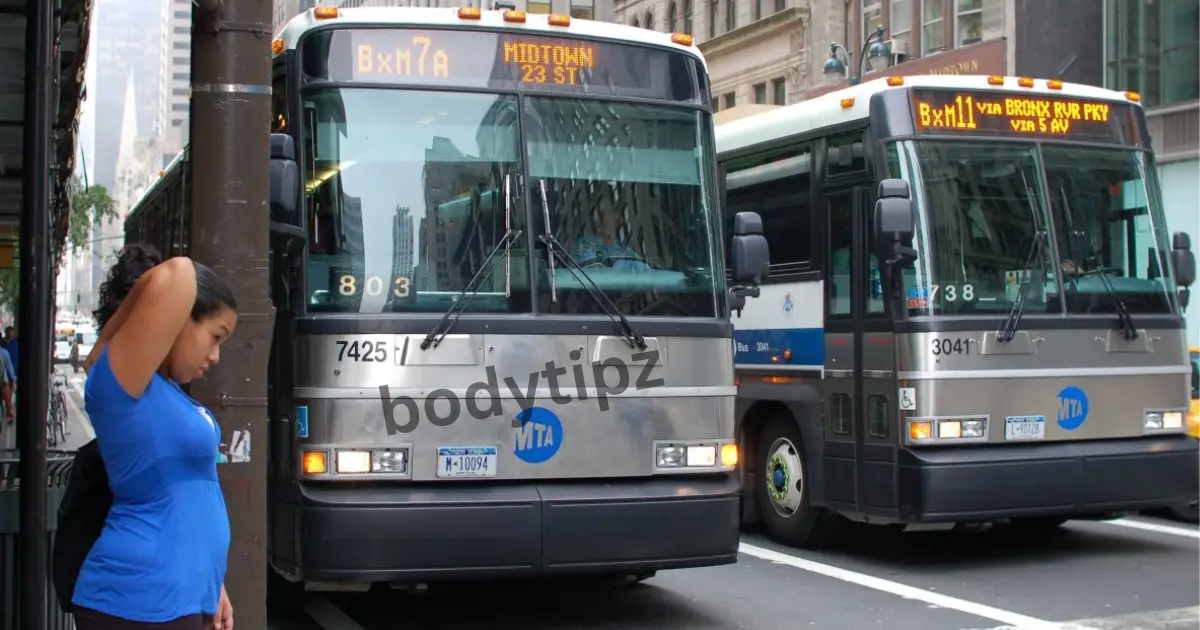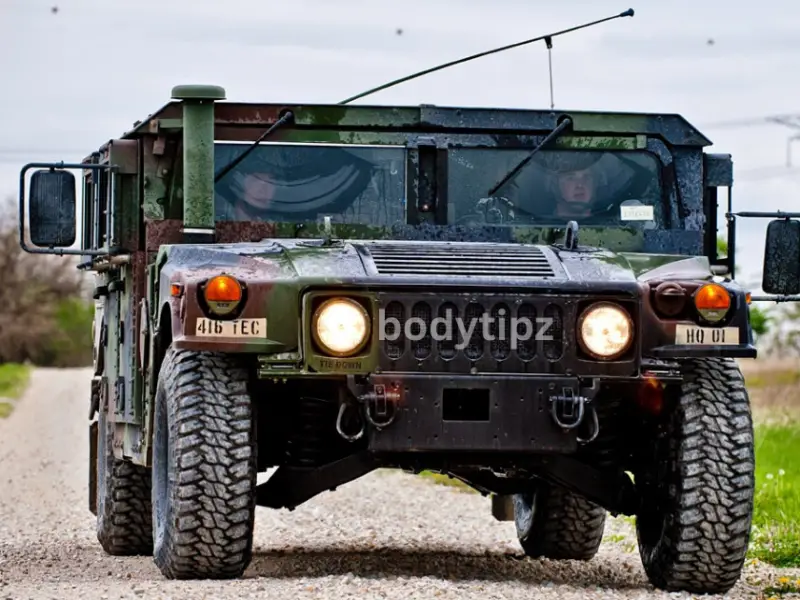In today’s hectic urban countryside, where agendas dictate our lives and life changes quickly, having a stable and efficient public transportation system is practically a holy thing. The 111th bus schedule is a lifeline that ensures many passengers in several cities around the world get to their destinations on time. This comprehensive piece will take us through the 111th bus agenda’s history, features, testing procedures, and frequently asked questions that tend to arise in the provisos.
Unveiling the 111th Bus Schedule
The 111th bus schedule is the lifeblood of a city’s public transportation system; it is more than just a section of a daily or digital display. This schedule includes a thorough journal of bus amenities and maps the routes, stops, and departure times for buses operating on the 111th route. Whether you’re a frequent client or a tourist visiting a new location, understanding the 111th bus schedule may speed up and improve the quality of your trip.

A Glimpse into the History
In order to fully appreciate the implications of the 111th bus schedule, let us briefly travel back in time. For centuries, public transportation has played a vital role in urban life. Horse-drawn carriages and trams were the primary modes of transportation for reaching sizable populations inside cities during the late 19th and early 20th centuries. However, the motorized bus revolutionized urban transportation.
Like many other bus routes, the 111th bus route had its roots in the early 20th century. It was a component of a bigger initiative to modernize urban transportation, providing a more streamlined and effective substitute for antiquated tram systems. This route has expanded throughout time to accommodate changing traveler demands and keep up with the ever-expanding urban scenery.
Understanding the Mechanics
After our brief digression, let’s get down to business with the 111th bus agenda. We must separate its main mechanisms in order to understand how it operates.
Routes and Stops
Typically, the 111th bus route serves a certain geographic region while connecting key locations and other areas within a city. Knowing this bus provision’s exact path is essential since it determines where you will be charged.
There are designated locations spaced throughout the route so that vehicles may land and depart. These stations are positioned specifically to act as entry points to different areas of the city. In order to ensure that you don’t miss your future destination, it is essential to organize your travel and make meaningful stops along the 111th path.
Timetable
The schedule is the main component of the 111th bus schedule. This schedule shows the departure times for cars at several locations along the route. Customers can accurately plan their trips with the help of this journal, which is a lifesaver. It gives you advance notice of the precise stop at which the next bus will arrive, which makes it more enjoyable to be on time and prevent unnecessary delays.
Frequency
Another important consideration for passengers is the presence of bus facilities along the 111th route. During peak hours, buses may travel certain routes every few minutes, while during off-peak hours, some routes may utilize fewer recurring facilities. Customers may make more informed decisions about when to take a bus and how long to wait by being aware of the occurrence.
Special Services and Variations
The 111th bus schedule may alter or include unique features in different cities, such as late-night service or quick routes. These differences provide longer processing times or faster portable times to meet a range of municipal demands. It’s critical to determine whether the 111th Way offers any unique services or distinctions, since they might significantly increase the usefulness of public transportation.
Navigating the Challenges
Even though the 111th bus agenda is essential to urban transportation, it still has tests. Let’s examine some of the common challenges that transportation facilities and provisions encounter in ensuring a smooth and effective bus service.
Traffic Congestion
For every bus facility, directing traffic crowding is one of the most crucial checks. Cars frequently become stuck in traffic as cities grow and more coaches travel there, which leads to disruptions and unpredictable schedules. Customers who depend on the 111th bus schedule to get to work or arrive on time may find this difficult.
Weather Impacts
Weather can occasionally cause major disruptions to bus routes. Severe weather, snow, or high fevers can affect bus operations and cause cancellations or suspensions. Conveyance enterprises need to have backup plans in place to handle weather-related disruptions and inform customers.
Maintenance and Reliability
Maintaining the reliability of cars is a constant struggle. Maintaining cars in excellent working order is crucial to avoiding breakdowns and supply interruptions. To provide passengers with a reliable service, conveyance companies need to make maintenance investments in their fleets.
Funding and Budget Constraints
Financial limitations and subsidies may impede the capacity of transportation authorities to improve and extend bus infrastructure. It is still a never-ending challenge to strike a balance between economics and the growing demand for public transportation.
Conclusion
The 111th bus schedule is more than simply a schedule of departures; it’s a lifesaver that unites people and gives passengers the ability to navigate the urban maze in comfort. Its considerate routes, stops, and operating hours can simplify your daily shuttle or city survey. Conveyance enterprises are recovering and rationalizing bus facilities in spite of obstacles, including traffic and weather delays.
With an understanding of the 111th bus’s agenda and operations, you can confidently keep up with the fast-paced pace of city life when you board it on your next journey. Remember, it’s more than just a bus—it’s your pass to explore the city, achieve your objectives, and connect with the diverse range of people that contribute to the allure of city living. Thus, hop
FAQs
When Does the 111th Bus Schedule Start and End Service?
The 111th bus schedule’s operating hours may differ in each city. Traditionally, bus services begin early in the morning, at five or six a.m., and continue until late in the afternoon, when the final cars leave at ten o’clock at night. For the precise start and finish eras, you must, however, refer to your city’s timetable.
How Often Do Buses Run on the 111th Route?
The frequency of cars on the 111th route depends on a number of variables, including the population density of the city, traffic patterns, and demand. Cars may operate every ten to fifteen minutes during peak hours, ensuring that clients are provided with shared space. On the other hand, at off-peak times or during holidays, the frequency can drop to once every half hour or even hourly.
Is the 111th bus schedule affected by holidays?
Indeed, breaks have an impact on the 111th bus schedule. There may be a simplified schedule for bus amenities around big holidays like Christmas, New Year’s Day, and Blessing, with fewer buses running in succession and altered operating hours. It makes sense to schedule your portable for these days by consulting the conveyance specialist or consulting the leave schedule.
How Can I Track the Real-Time Location of Buses on the 111th Route?
These days, a lot of cities provide local real-time bus tracking systems via mobile applications or websites. By providing real-time information on the location of cars along the 111th route, these technologies help commuters plan their travels more effectively and reduce wait times. Verify whether your city has this kind of policy, then download the compliant software for in-the-moment tracking.
Are there discounts or fare options for regular commuters?
Regular users of public transportation usually have a wide range of fare options available to them. These might include multi-ride ticket boxes, monthly permits, and discounted rates for students and retirees. If you frequently take the 111th bus, using these price options will help you reduce the cost of your daily transportation.
What Should I Do If I Miss My Bus on the 111th Route?
It might be difficult to lose your bus, but the ecosystem will continue. During peak hours, the majority of 111th bus itineraries have multiple buses running in succession along the route. You can wait for the next scheduled bus, which has to arrive shortly, if you miss the first one. If you’re pressed for time, consider other modes of transportation, such as taxis or ridesharing.
Are bicycles allowed on the 111th bus?
Cycles are now permitted on buses in several community transportation programs, including the 111th route. However, there are customary guidelines and restrictions in place to ensure the safety and appropriateness of every guest. It could be necessary to double up bikes or put them on specific bike stands aboard the bus. For precise cycling regulations on the 111th Way, see your neighborhood conveyance expert.
How Can I Provide Feedback or Report Issues with the 111th Bus Schedule?
Transportation companies appreciate customer feedback since it helps with facility restoration. You may usually contact your city’s transportation department through their official website or customer care hotline if you have any questions or concerns about the 111th bus schedule. Your suggestions can help improve the bus facility’s efficiency and user-friendliness.
Is there Wi-Fi or charging ports on buses along the 111th Route?
Accessibility to services such as Wi-Fi and charging connections in automobiles might differ between different cities and bus companies. Specific contemporary buses that go along the 111th route could have various amenities to improve the understanding of transportation. You may check the official website of your city’s transport agency or ask the bus worker whether Wi-Fi or charging connections are available.
Can I use contactless payment methods on the 111th bus?
Travelers now have easier access to public transportation thanks to the integration of contactless payment systems in several locations. These methods frequently include credit/debit card costs, moveable sum applications, and contactless smart cards. In order to expedite the staying process, find out if you may use contactless summation techniques on the 111th route by speaking with your local conveyance specialist.


